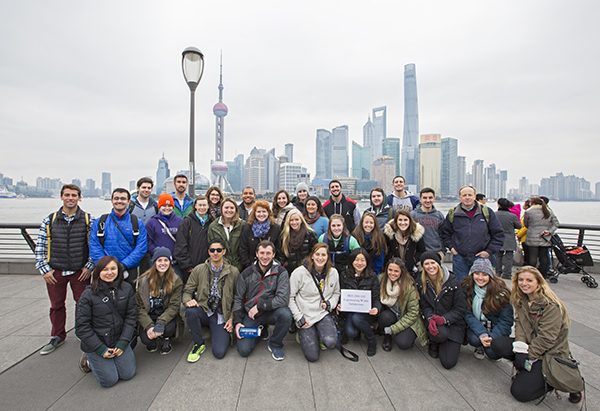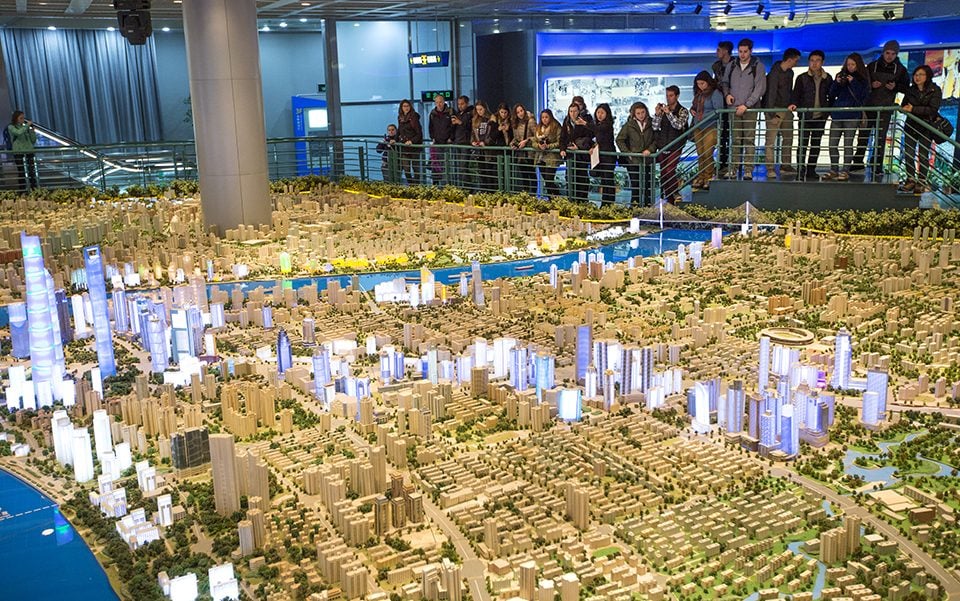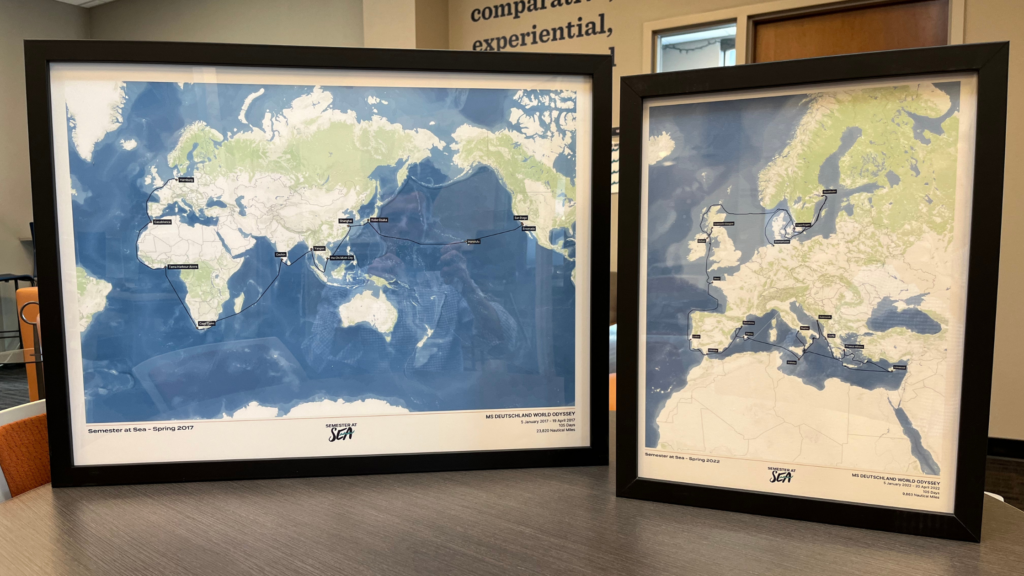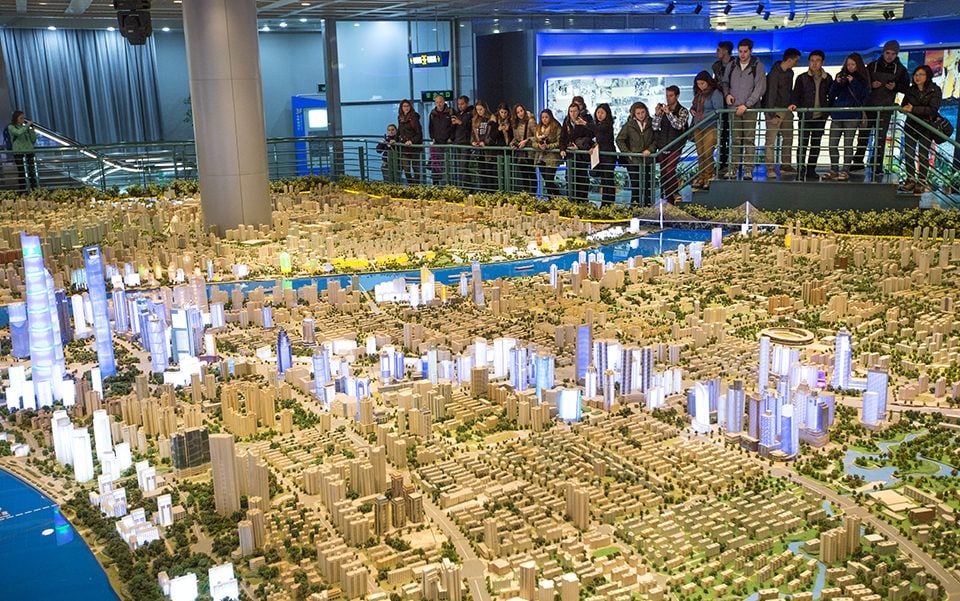
Palimpsest: A parchment on which more than one text has been written with the earlier writing incompletely erased and still visible.
As the MV Explorer pulled into the Port of Shanghai, it was impossible to miss the soaring skyscrapers of the city. Professor Lisa Schrenk and her World Architecture class visited the Urban Planning Exhibition Center to see how the city has grown in the past and is planning for more growth in the future.
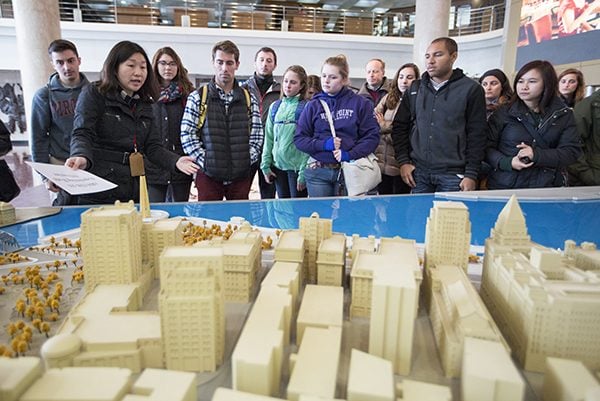
In 1983, the tallest building in Shanghai was the Park Hotel, measured at 84 meters high. In 1990, China’s leader Deng Xiaoping, selected Shanghai to be the economic center of China, saying that if China was a dragon, Shanghai will be its head. Today, Shanghai is responsible for one fifth of China’s GNP and is home to 126 buildings taller than 150 meters (the 632 meter Shanghai Tower will be opened in mid 2015 and become the second tallest building in the world).
Shanghai’s population has now exceeded 24 million residents, something the government had not predicted for another five years. What has been the result of the growth? Studies have estimated that between one to three million residents have been relocated or evicted over the last ten years for new building to occur. The architecture from the colonial days is now giving way to modern skyscrapers and condominiums that are given the green light in a matter of hours as opposed to the weeks or even years it would take for approval of similar building projects in the US.
To plan for the future, China is looking to create new cities by the year 2020 in addition to rezoning and restructuring current cities. By the end of 2020, the Shanghai metro system is expected to have 18 lines and 800km of tracks. Comparing that with only three lines in 2000 makes it one of the fastest growing metro systems in the world.
With the development and growth expected to continue increasing in the future, the writing on the parchment that is Shanghai will continue to be rewritten for years to come.
